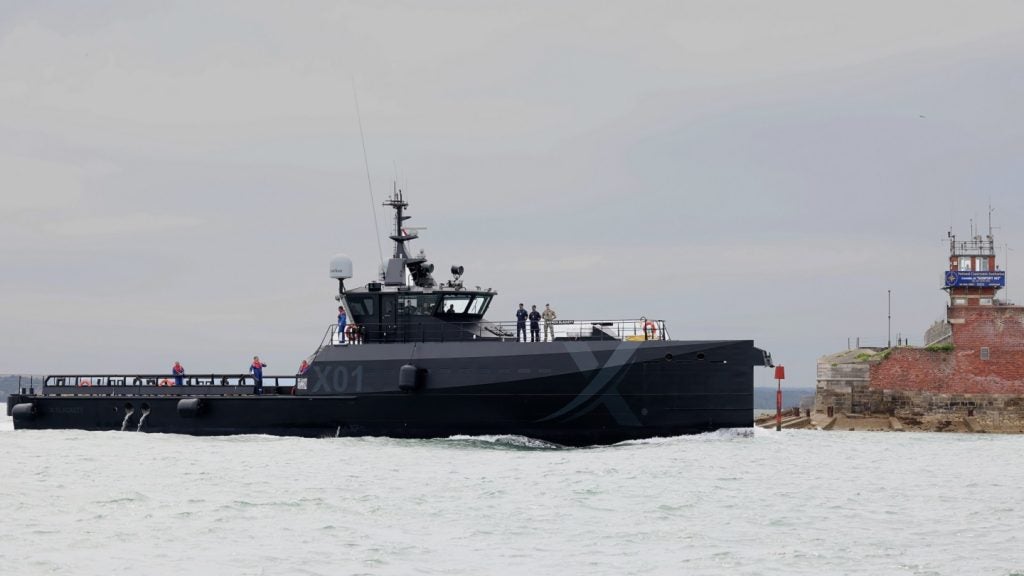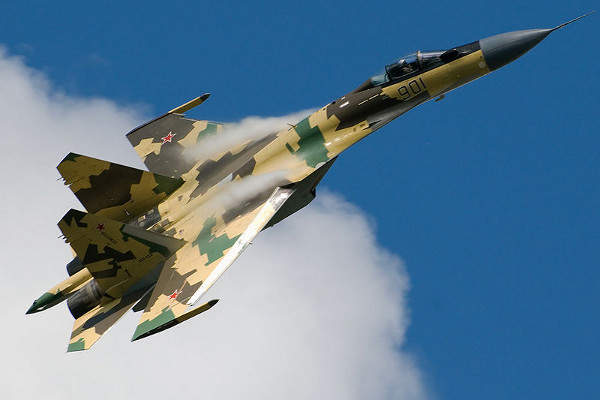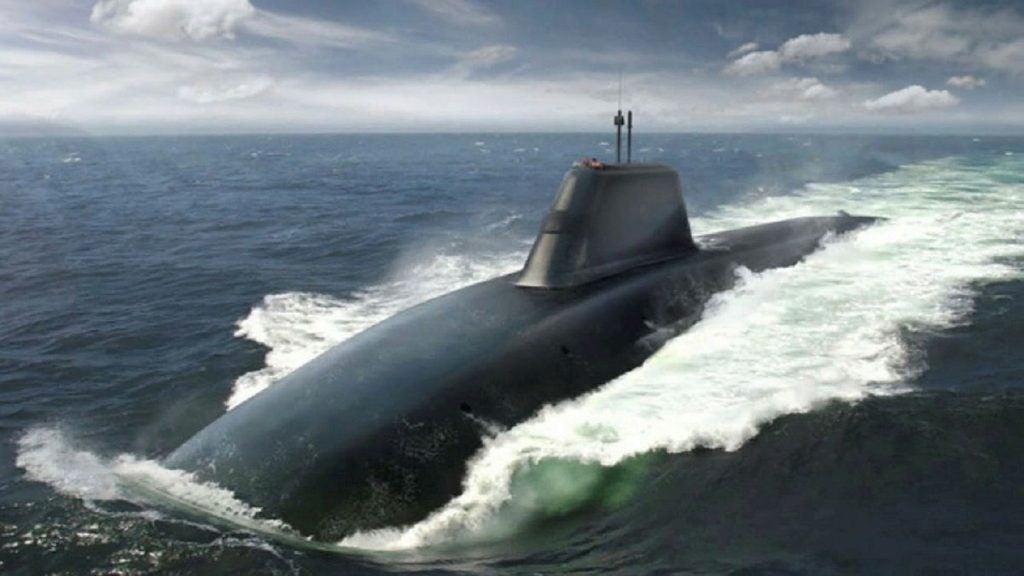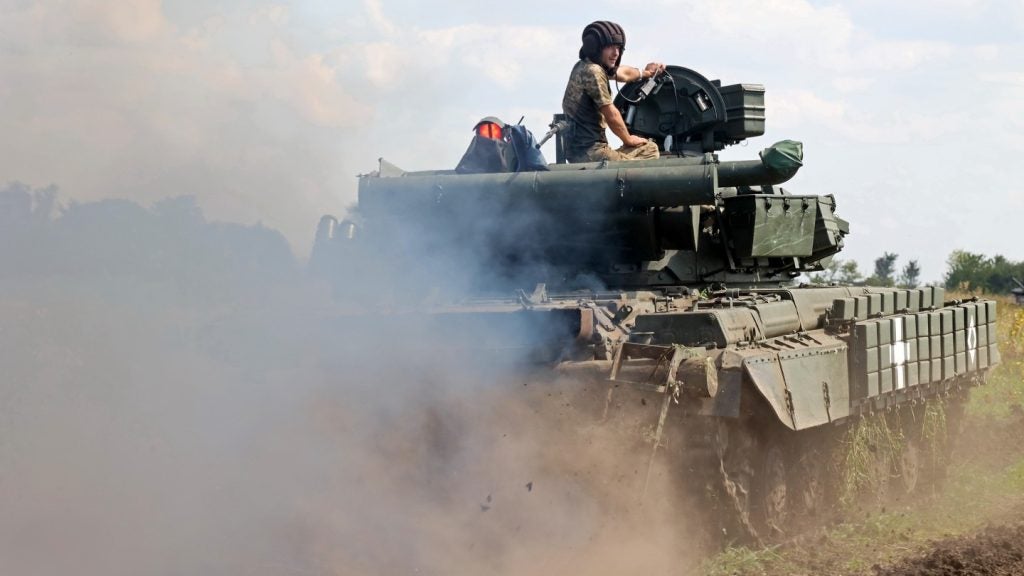The UK Ministry of Defence (MoD) has issued a request for information (RfI) under its NavyX programme to explore potential technologies that could see the integration of augmented reality (AR) on Royal Navy warships.
Initially published on 21 November, the RfI states that NavyX’s exploration of potential application of AR technology on Royal Navy ship bridges is intended to gain a “comprehensive understanding” of the latest development of such capabilities, as well as current use cases in the maritime industry.
“Through this RfI we are reaching out to technology providers, research institutions, and experts who can share insights and knowledge about AR bridge technology. We are not seeking procurement at this stage but rather looking to gather insights that will inform out strategic decisions,” the MoD said.
According to the Royal Navy, NavyX is the service’s ‘autonomy and lethality accelerator’, and is tasked with the development, test, and trials and leading-edge capabilities. The reasoning behind its creation is to speed up the testing of emergent technologies that could have naval defence applications in a shift away from the traditional ponderous defence development pathways.
To this end, the Royal Navy commissioned into service the XV Patrick Blackett (pictured) – a modified commercial Fast Crew Supplier 4008 vessel from Damen – in 2022 as a test and evaluation platform, whose job it is to act as a host to a range of capabilities under development.
In June this year the XV Patrick Blackett tested new RT1084 and RT1083 radars, the latter of which will replace the existing RT1007 system used for navigation in the Hunt-class minehunters operated by the Royal Navy.
Although the AR RfI is at its initial stages, the XV Patrick Blackett would likely to utilised to test such technologies and potential use cases across the Royal Navy. The MoD stated that the closing date for the AR RfI was 19 December.
Justification for the RfI into potential AR use in Royal Navy warship bridges was due to the service becoming “increasingly lean crewed”, inferring an overall reduction in the size of ship’s crews. The new Type 31 frigates being built can accommodate a crew of around 107, with the Type 23s that the class will partially replace hosting around 180.












